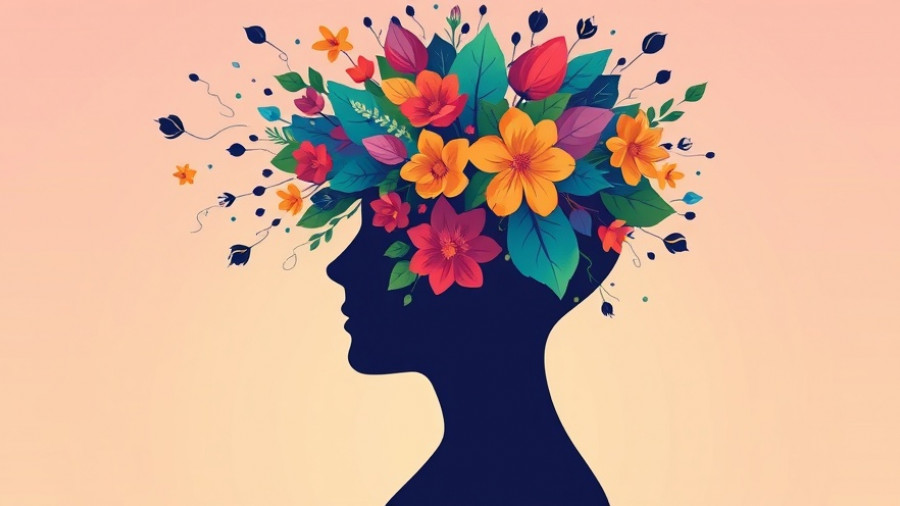
Harnessing Curiosity: A Pathway to Mindfulness
In our fast-paced world, finding peace of mind can often feel like a daunting task. However, embracing curiosity can be a transformative practice that allows us to engage more deeply with our thoughts and emotions. Curiosity not only fosters wonder but also provides a critical tool for mindfulness, helping us navigate through anxiety and emotional overwhelm.
Understanding the Impact of Anxiety on Habits
Anxiety often creates loops of habitual behavior that can leave individuals feeling trapped. As reported in many psychological studies, including those referenced by Judson Brewer, MD, being curious allows us to break these cycles by redirecting our focus. When we cultivate curiosity, we stop perceiving our habits merely as automatic responses and begin to explore the underlying sensations fueling them. This exploration can lead to meaningful insights and, ultimately, a greater sense of control.
Simple Steps for Practicing Curiosity
One effective and straightforward method for cultivating curiosity involves a six-step mindfulness exercise that can be done in as little as two minutes. To start, find a quiet space where you won’t be disturbed. Next, recall a recent instance where you felt anxious and relive that moment without judgment. This process helps you recognize your habitual responses.
As you reflect, check in with your body, identifying any sensations associated with the anxiety. Are you feeling tightness or pressure? Being aware of these physical signals enables you to connect with what your body is communicating.
Embodying Curiosity Through Sensation
In the next steps, focus on becoming aware of your body and its sensations without trying to change anything. Allow yourself to explore what else you might be feeling. This openness to experience creates space for self-discovery. The act of observation transforms anxiety into a curious inquiry where you ask, "What does it feel like to be anxious right now?" This inquiry fosters a gentle attitude that encourages self-compassion.
The Role of Playfulness in Mindfulness
Integrating a playful mindset, such as using the sound “Hmmmm” while exploring your sensations, further supports this practice. This subtle sound symbolizes curiosity and allows individuals to navigate their experiences without taking themselves too seriously. It helps remind us that it’s okay to approach our feelings with a sense of intrigue rather than fear. For instance, echoing the sentiment of Albert Einstein, curiosity is about constantly questioning and understanding the marvelous complexities of our emotions.
Embracing Curiosity as a Daily Practice
So, how can this practice be woven into daily life? Start by integrating small moments of curiosity into your routine. Ask yourself insightful questions throughout the day: "What does it feel like to truly enjoy my morning coffee?" or "How does my body feel when I’m around certain people?" These questions deepen engagement and foster an enriching awareness of the present moment.
Encouragement for Continued Growth
Ultimately, engaging with curiosity about our emotional and physical experiences leads to greater awareness, helping us break free from automatic patterns that may no longer serve us. As we continue practicing, we may notice shifts in our perspectives and emotional responses. Curiosity can empower us to face even the most challenging emotions with an open heart, leading to profound insights and growth.
Next Steps: Embrace the Curiosity Within You
As you explore these mindfulness practices, consider the impact that curiosity can have on your well-being. By turning inward and engaging with your experiences through the lens of curiosity, you can foster a deeper sense of connection to yourself and your surroundings. So why not dedicate a few moments today to practice? Whether it’s a few minutes of deep breathing while embracing your sensations or asking yourself thought-provoking questions, curiosity awaits you.
 Add Row
Add Row  Add
Add 



Write A Comment